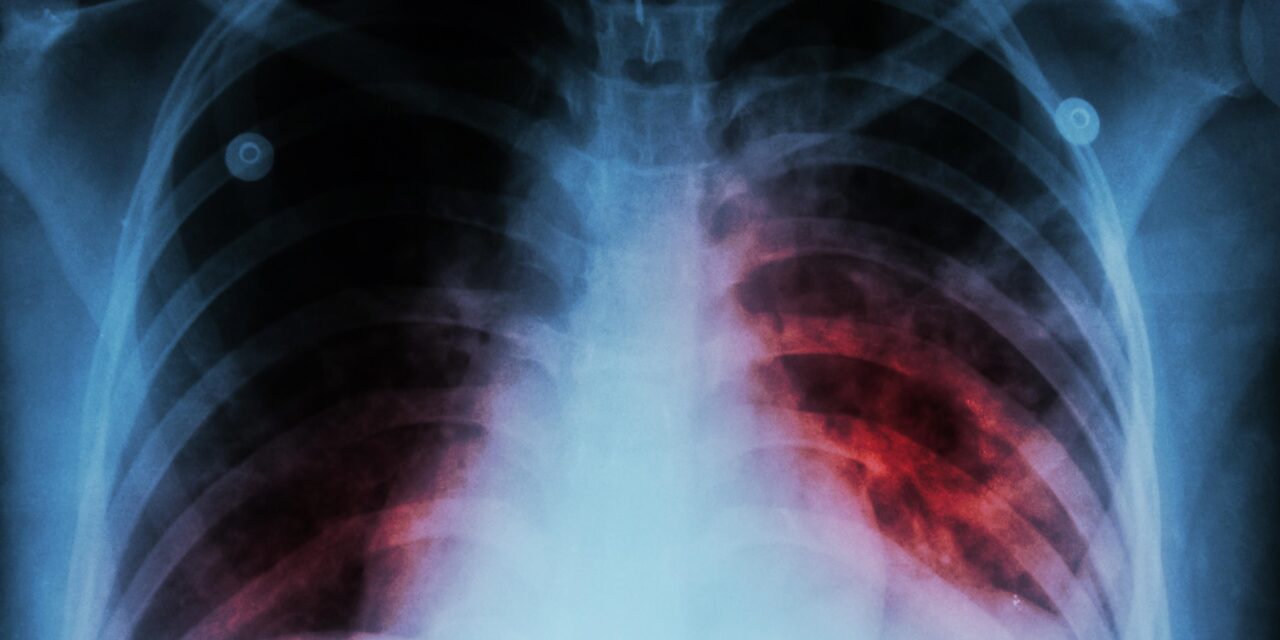Tuberculosis is a highly infectious disease that takes palce due to bacterium Mycobacterium tuberculosis. It primarily affects the lungs but can also affect other parts of the body. TB is a serious global health issue, with approximately 10 million people falling ill with the disease each year and 1.4 million dying from it. The treatment of TB is a complex process that requires a combination of medication, patient education, and ongoing monitoring.
Diagnosis and Treatment
The first step in treating TB is diagnosis. This typically involves a medical evaluation, a physical exam, and various tests, including a chest X-ray, sputum test, and TB skin test. Once a diagnosis of TB is confirmed, treatment can begin.
The most common treatment for TB is a combination of antibiotics taken over a period of several months. The specific medications used depend on the type of TB and its severity. The most commonly used medications include isoniazid, rifampin, pyrazinamide, and ethambutol. Patients with drug-resistant TB may require additional medications, such as second-line antibiotics.
The length of treatment varies depending on the type and severity of TB. Most patients will require at least six months of treatment, and some may require up to 24 months. It is important for patients to take their medications as directed and to complete the full course of treatment, even if they start feeling better before the treatment is finished.
Patient Education and Support
Treating TB requires more than just medication. Patient education and support are also critical components of the treatment process. Patients need to understand the importance of taking their medications as directed and completing the full course of treatment. They also need to be aware of potential side effects and how to manage them.
In addition to medication and education, patients with TB may require additional support, such as nutritional counseling, social services, and mental health care. These services can help ensure that patients are able to complete their treatment successfully and reduce the risk of relapse.
Prevention
Prevention is also an important aspect of TB treatment. People who have been exposed to TB should be tested for the disease, even if they do not have any symptoms. This can help identify cases early and prevent the spread of the disease.
In addition to testing, other prevention strategies include vaccination and infection control measures. The Bacille Calmette-Guérin (BCG) vaccine can help prevent TB in children, although its effectiveness in adults is less clear. Infection control measures, such as isolating patients with active TB, can help prevent the spread of the disease.
Challenges in TB Treatment
Despite the availability of effective treatments for TB, there are still significant challenges to controlling the disease. One of the biggest challenges is drug-resistant TB. This occurs when the bacteria that causes TB becomes resistant to one or more of the medications used to treat it. Drug-resistant TB is more difficult to treat and requires more expensive and complex treatment regimens.
Another challenge is ensuring that patients complete their treatment. Ensuring that patients have access to the necessary support and resources is critical to improving treatment outcomes.
Finally, TB is often stigmatized, particularly in communities with high rates of the disease. This can make it difficult for patients to seek treatment and can also contribute to poor treatment outcomes. Addressing stigma and raising awareness about TB is critical to improving treatment outcomes and controlling the spread of the disease.
Conclusion
Pritish Kumar Halder also known as Pritish K Halder shares his conclusion on the disease of Tuberculosis. TB is a serious global health issue that requires a multifaceted approach to treatment and prevention. Effective treatment requires a combination of medication, patient education, and ongoing support.











